LMT N°1: On Soviet Knock-Offs and (Not-So) Great Heights
This is the latest attempt at long-form writing, meant to be adjacent to my photography site. Maybe people subscribe, maybe they don't, but hopefully it'll force at least semi-regular long-form updates.

This is the latest attempt at long-form writing, meant to be adjacent to my photography site. Maybe people subscribe, maybe they don't, but hopefully it'll force at least semi-regular long-form updates.
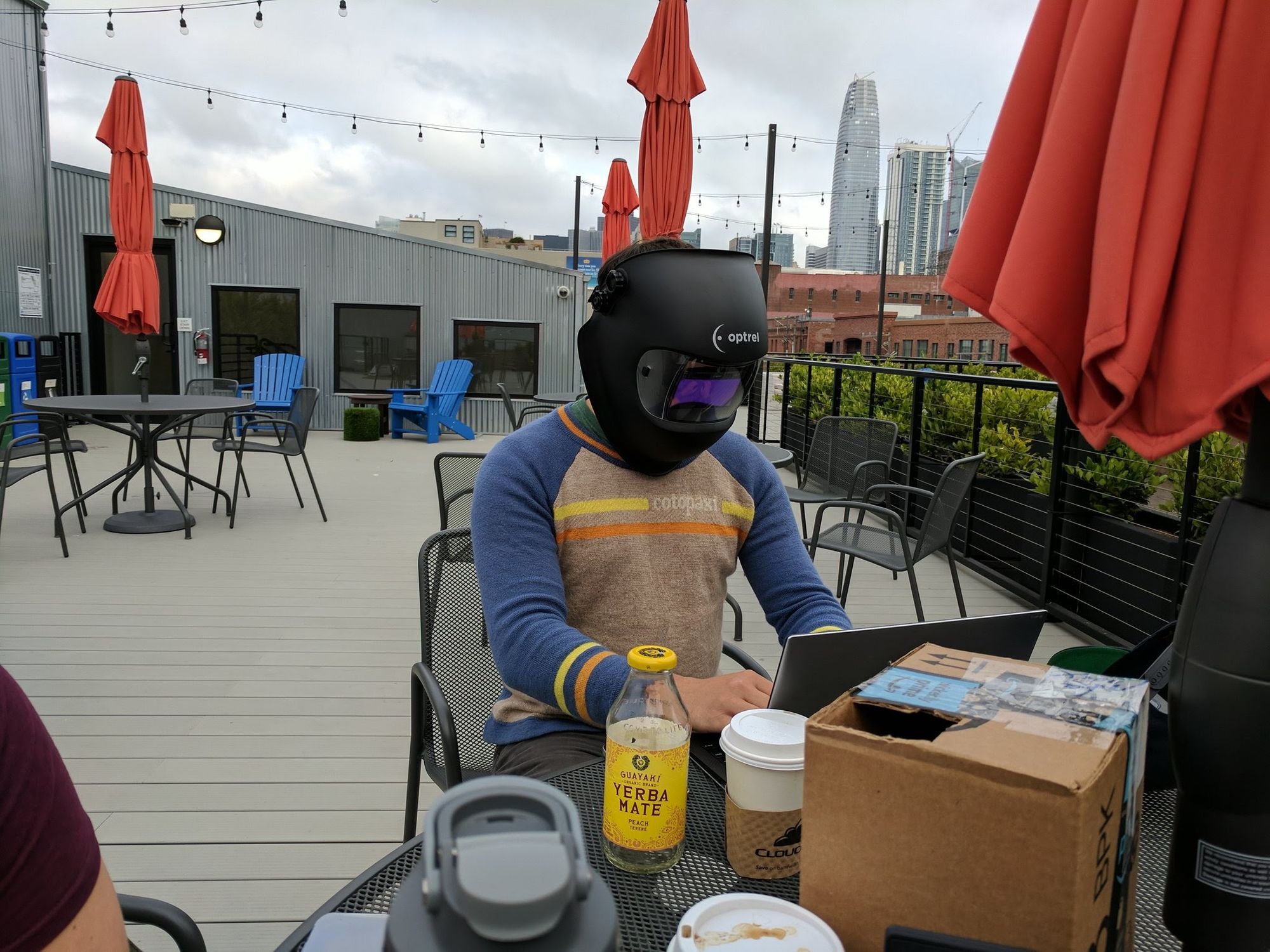
So, where to start? Professionally, I've been rather bored on the whole with computers lately (maybe even a bit burned out), though not entirely. I've been experimenting with setting up a small Chromebook with a tiny amount of memory (comparatively) and a hard drive the size of a mid-size SD card (32 GB), and making myself make do with less. The idea is to focus on ideas, like I used to, rather than having a computer that does everything. I've had this thing lying around for quite some time, mostly unused; I've even tried to get rid of it, to no avail. This particular experiment is inspired by the work of Joey Hess, who lives in the middle of nowhere and runs off solar power but is still an active software engineer. If I think back to the times where I really enjoyed computers, they were almost always when I was learning new things and doing weird things with computers (for example, writing a web server, experimenting with file stores, writing virtual machines and CPU emulators) --- generally spending more time thinking than the mechanics of software engineering. Part of the problem is that I largely don't have a peer group to discuss ideas with, particularly since the demise of the paper club at work (where someone picked a computer science paper every two weeks, did a short presentation on the paper, and then we discussed it). In contrast to this minimal machine, I've signed up for a course in artificial intelligence for which I've built out a massive laptop that could comfortable emulate at least ten of my Chromebooks without breaking a sweat.
I've also joined the Association for Computing Machinery this month; it's a professional society for computing professionals. Though I've been kind of burned out recently, I'd like to still develop professionally and I thought this might be a useful resource to do so.
New camera
Earlier this month, I picked up a new camera and I have to say that a month later, I'm still rather fond of it.

All of the lenses I have for it are manual focus and that represents the bulk of what I'm trying to improve on lately. I think all of the sets I've taken average maybe 5-10% keep ratio; I've been working to aggressively reject photos, too, but so many are just out of focus.

This camera is a lot of fun to shoot with, and it's small enough to take places --- it even fits in my jacket pocket! It's definitely a camera you either know you really want, or not the camera for you, but it's been great so far. It has its downsides, though: the diopter adjustment for the viewfinder knocks out of place too easily, the eyecup has already fallen off, and the battery keeps knocking itself loose in the battery compartment (but not falling out). Thankfully, these aren't showstoppers.
I bought the camera body used, without any lenses, because a brand new body was too expensive; this was still the most I've spent on camera stuff ever. I think my Nikon SLR with the two lenses I got was maybe half to two-thirds the cost. Fortunately, I've got quite a few coworkers with the same camera and more with cameras that use compatible lenses, so I was able to save some money there. The lenses I've picked up so far are dirt cheap as far as lenses go, and all of them are manual focus. My favourite might be the 35mm lens (especially after Irwin turned me onto the 53mm site), but all three are proving to be good fun.
I used to use Apple's Aperture software for processing the photos from my Nikon, but that's been discontinued; I caved in and bought Lightroom. I've loved the VSCO app on my iPhone, and I love certain old films, so I also picked up a film emulation pack from VSCO that contains one of my favourite sets of films: the Fujifilm 160C, 400H, and 800Z films. It's no Aperture, but I've still had fun with the processing step; I even resurrected my old playlist I'd listen to when editing and processing photos before, with all the concomitant nostalgia of the times Jon Farmer and I'd shoot photos together forever ago.
The Soviet knockoff
Which brings me to the Soviet knockoff bit of the subject: I was browsing Leica-compatible lenses on eBay, as one does, and found a lot of rather cheap Soviet copies. The one I just picked up is a 1963 copy of a Carl Zeiss Sonnar lens; it's not the highest quality lens I've ever bought, but at $35 shipped from Moscow, I can't complain. The pictures aren't too bad; I opened the package and put on the lens in the post office (a minute after I picked up the lens) and took a picture of the windowsill.
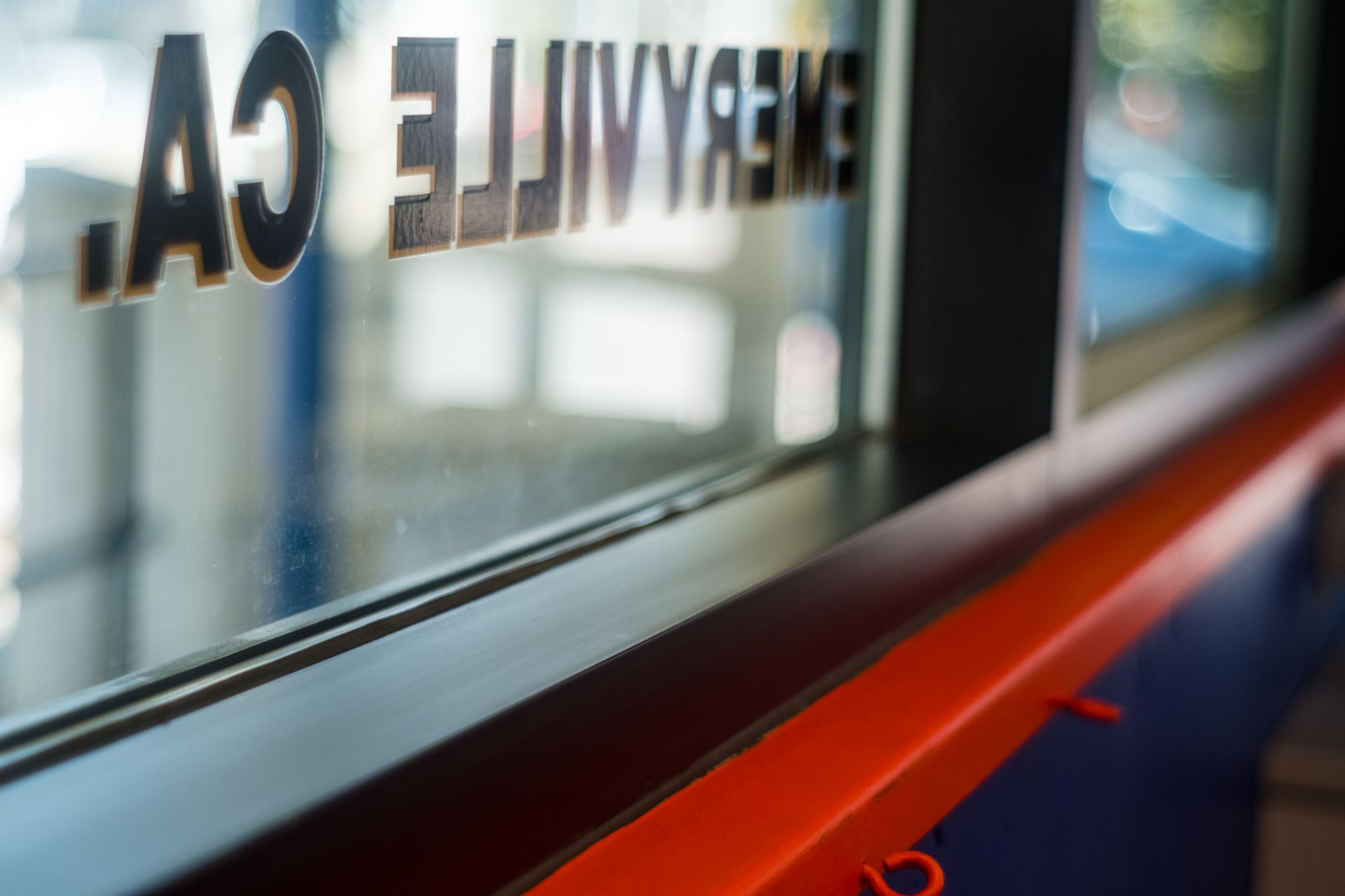
On the walk back home, I shot a few more photos. In keeping with the status quo, only two others turned out.
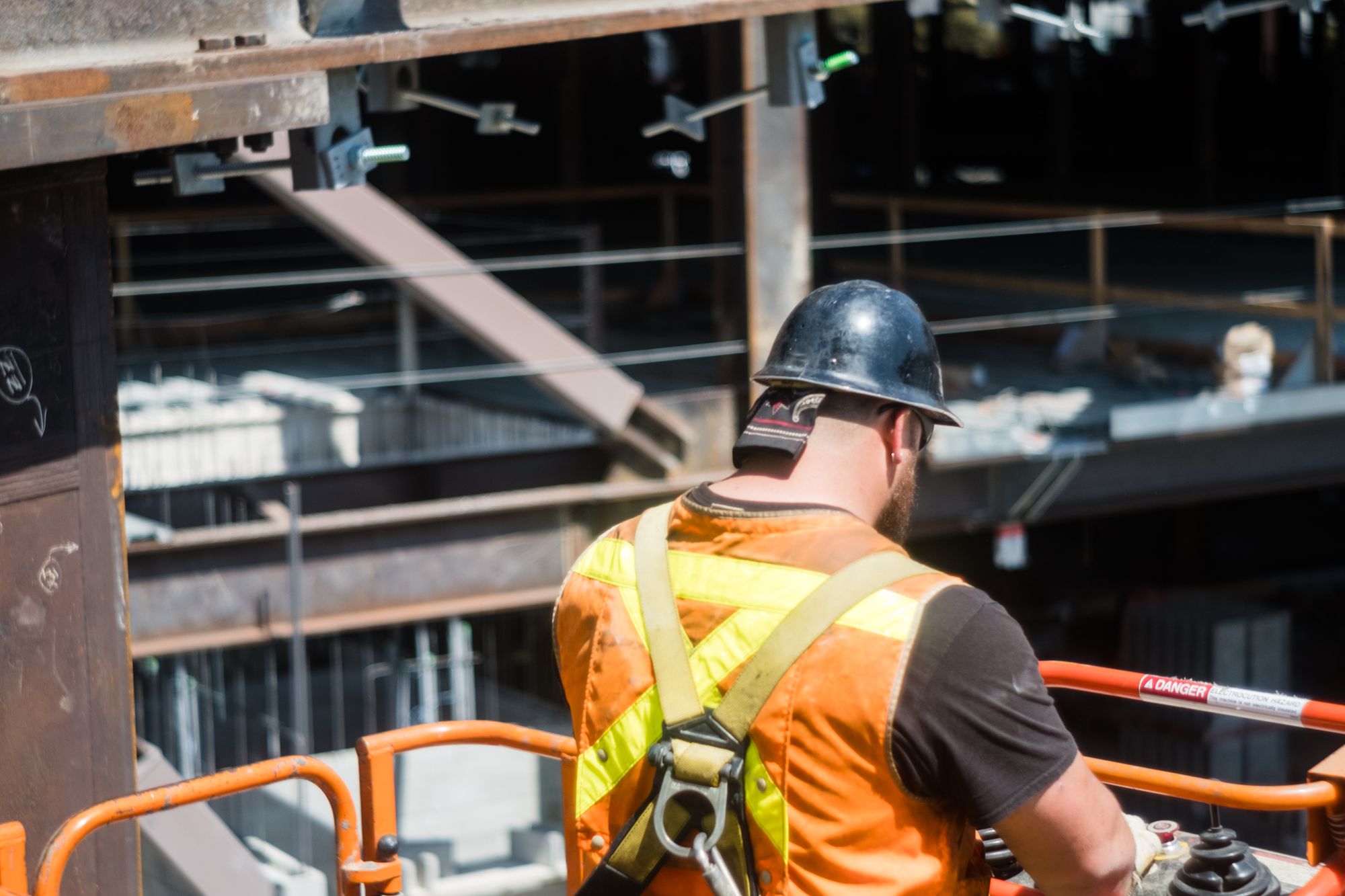
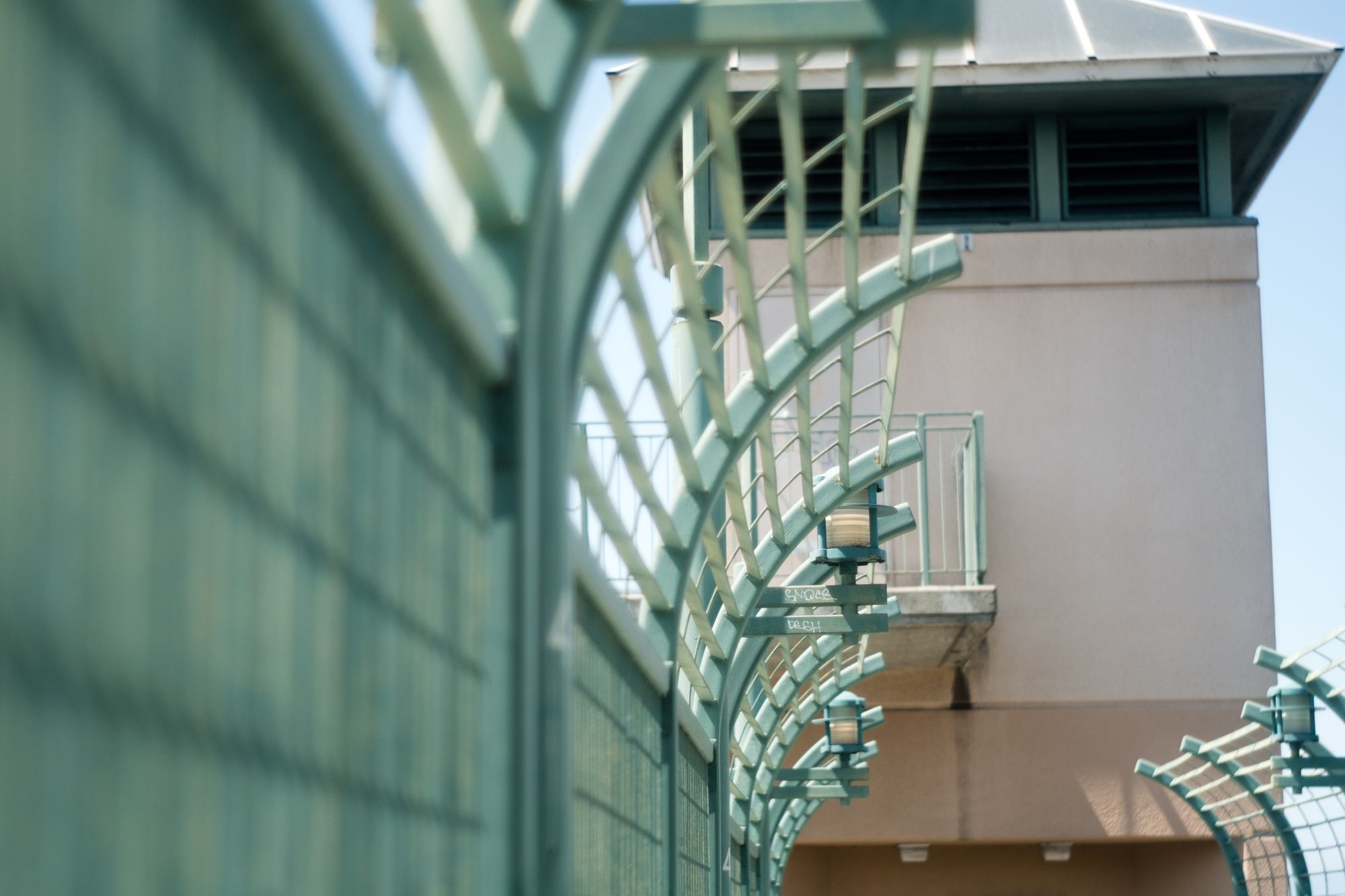
Field testing the camera
One of the litmus tests for the new camera was seeing whether it would hold up on an outdoors trip; I'd love to take it backpacking instead of the SLR. I ended up going climbing at Mt. St. Helena over the weekend (the great heights from the subject), and it actually held up well. The battery compartment issue was a bit annoying, but even when I clipped the camera to my harness and took it out while setting up a rappel, it wasn't a show stopper. Next time, though, I'll probably wedge some paper in there to hold the battery in and I'll definitely wrap a sling around me to clip the camera to.
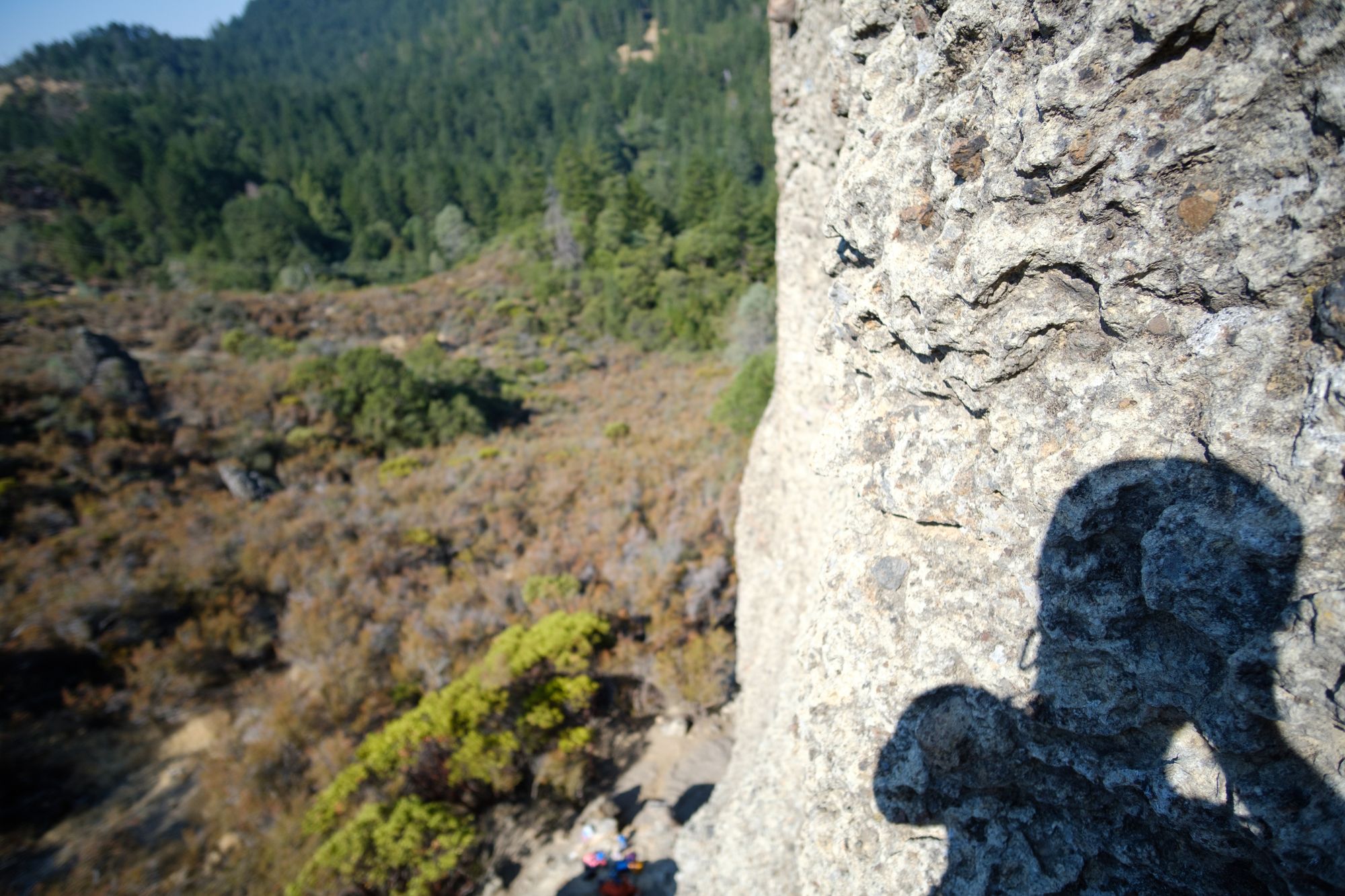
A coworker lent me his Rokinon 12mm f/2.0 wide angle lens, and despite my inability to focus a picture it was more than up to the task.
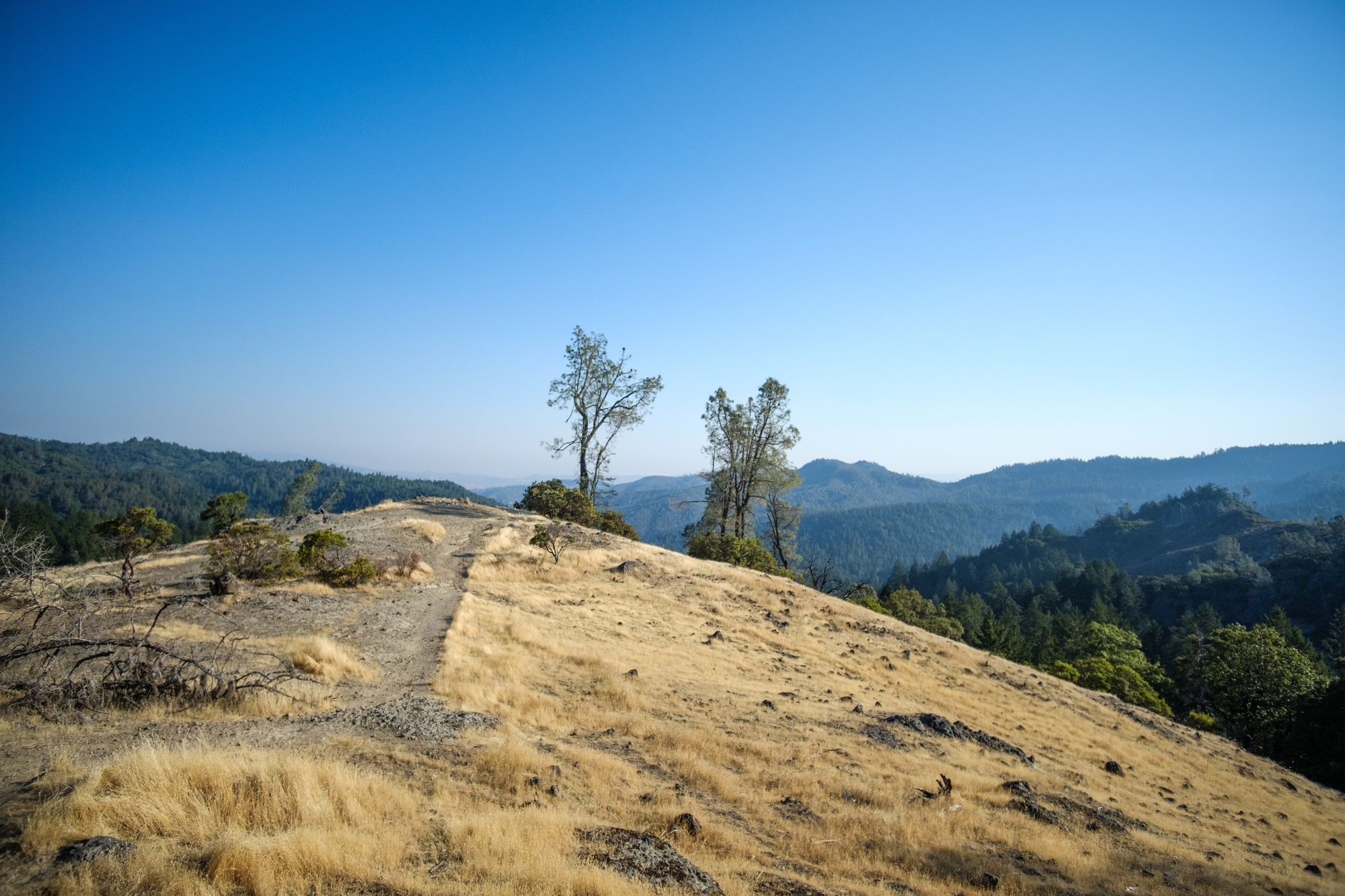
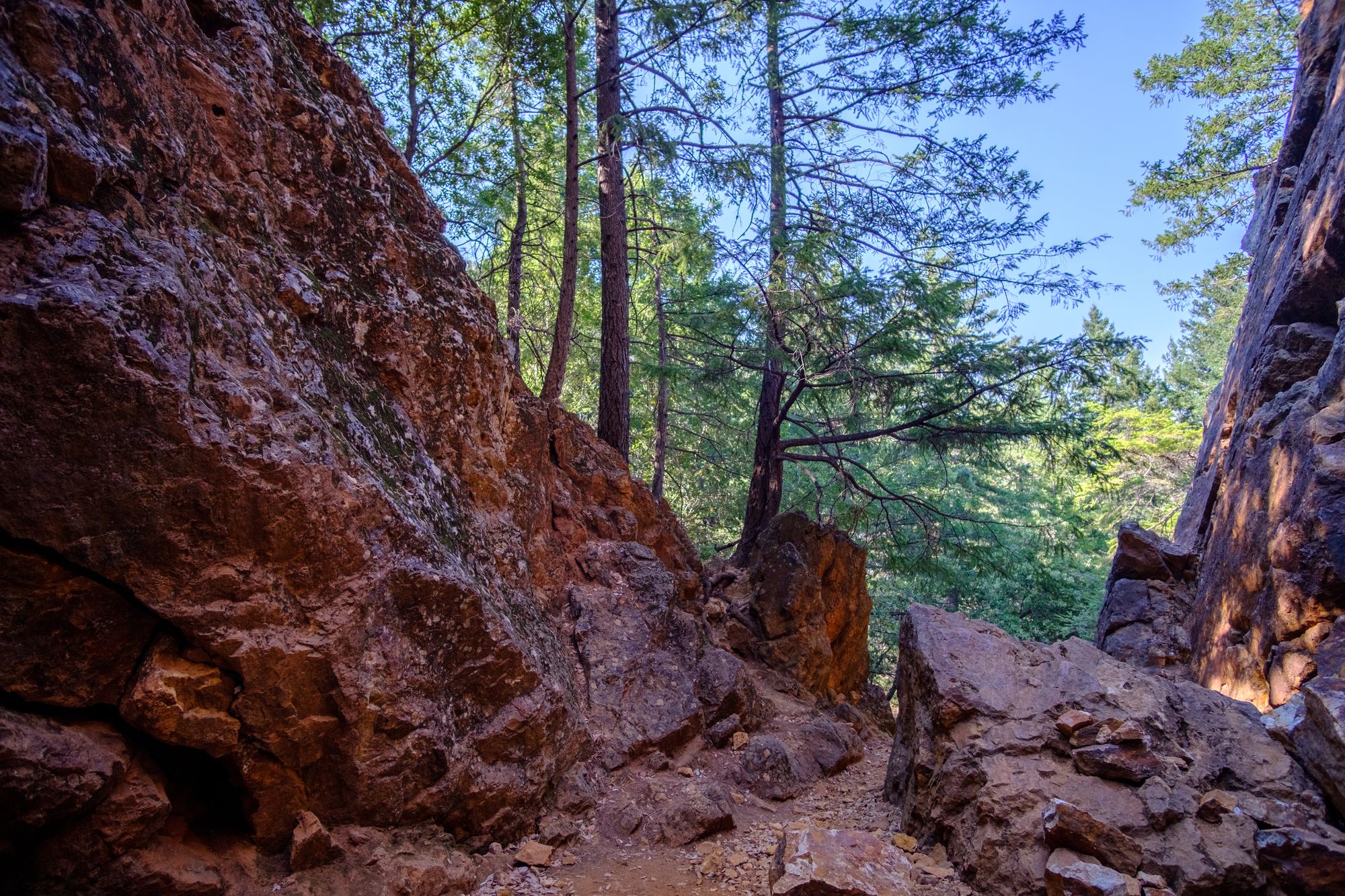
The lens was versatile at handling both landscapes, like the above, or shooting close ups.
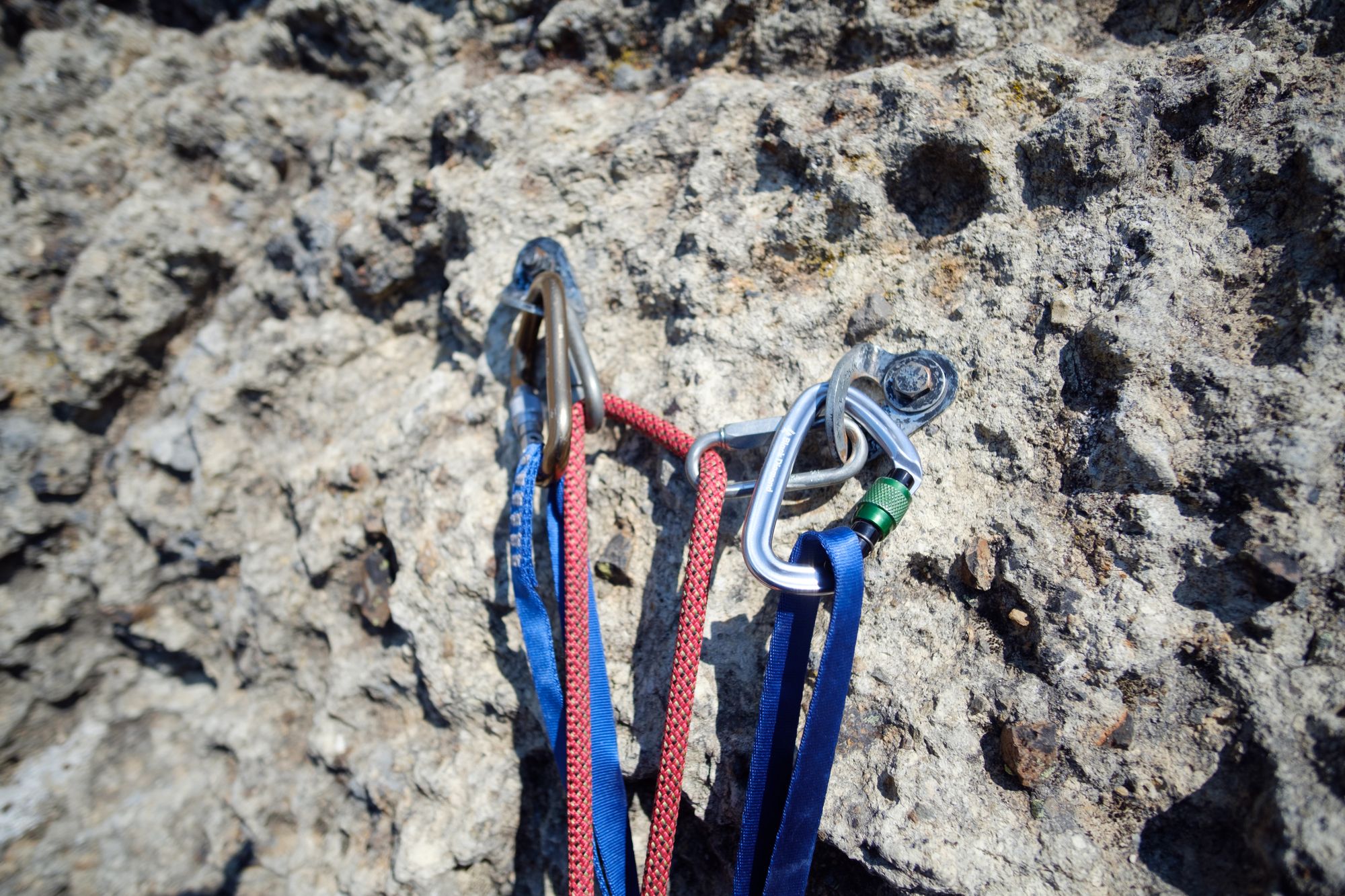

Enough about cameras, though. The "great heights" topic is about how terrifying it was to do that first rappel. We were doing lead climbing, in which you clip the rope into protection on the way up. The best picture I found for this is this:
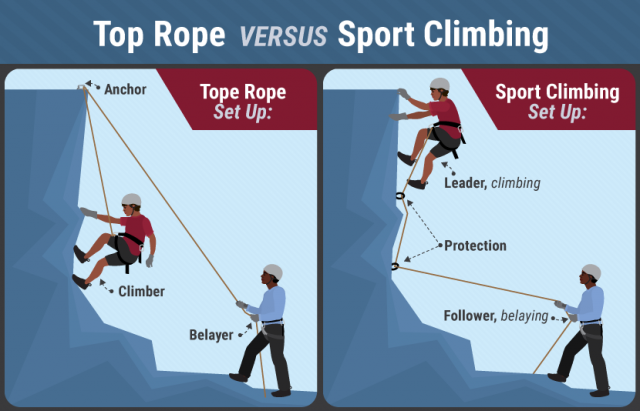
When you rappel from the top (where there's the two bolts that serve as a rappel anchor), you have to clip a personal anchor into that, which is just a loop of (admittedly strong enough) nylon attached to your climbing harness that holds you in place. In the process of setting up the rappel, you disconnect the rope from your harness and go off belay, which means the person down below can't catch your fall with the rope. This maybe isn't so bad for a lot of people, but I'll admit to having a fear of heights and particularly of falling to my death (remind me why I climb, again?), so removing the rope was positively daunting. Still, the best way to get over a fear is to stare it in the face and not let it have power over you, so that's what I did. In the process, while off belay, I managed to unclip the camera hooked to my harness and take some photos. So, there's that. Later on in the day, we set up a top rope anchor in a particularly sketchy area and that was even worse, but we still did it. Outdoor climbing remains challenging for me, as it's (yes, obviously) a whole different set of skills than climbing indoors. Despite the challenge of learning a new set of skills and stepping remarkably far outside of my comfort zone, being in the mountains does my heart exceedingly good.
My reading list
Another thing I'd like to do more of with these newsletters is to write about (or even just note) the books I've read. With that, here's some of what I've been reading:
- Split Second was one of the Kindle First picks. It was okay, but not great. The story revolves around the repercussions of a semi-realistic time travel scenario. Enough small details were off, and the writing sort of clumsy, that I didn't think it was that great of a read. I don't think I can honestly recommend it, but I read it in an afternoon so I just waded through it.
- Lost in Arcadia was another Kindle First pick. It was also okay, and another story that it only took me a day or two to get through. It's about a virtual reality world (think Second Life meets Steam meets Facebook) and deals heavily with the future of advertising. Now, I hate advertising, probably more than most, so maybe that irked me, but I also don't really like social networks. The writing wasn't too bad, though.
- Wake in Winter is what I'm in the middle of now --- surprise, it's another Kindle First pick. I wasn't sure what I'd think about this, but I like the explorations of character and the general writing style. I'm only about a fifth of the way in, so I can't say whether that will continue. One of the topics is international adoptions (which seems like the main topic, so far), and how that plays out. This copy is translated from the Russian original, and it's been an engaging look at a Russian take on the subject.
For technical books, I'm reading:
- Rust Essentials: this is yet another attempt at learning a programming language I've wanted to learn for a while, but which I've struggled to learn. One of the first things I did with my Chromebook was get a Rust development environment set up and a PDF reader installed (which brings along Xorg) so I could work through this. I'm disappointed that O'Reilly no longer distributes offline-able copies of its books, because I wanted a different book to learn this with.
- Kubernetes in Action covers software that's used to take a bunch of computers and turn them into basically one large computer. I'm kind of fed up with doing more operations work than software engineering, but this will probably be useful for me later on with the AI stuff.
- The No BS Guide to Linear Algebra is a great resource for learning linear algebra. The first chapter covers high school math, which I'd largely forgotten, thereby bringing the reader up to speed with enough math to get started.
On selfie-capitalism and experiencification
I recently read an article titled "Inside the trillion-dollar selfie industrial complex." It's an interesting take on "selfie capitalism," the idea that people are willing submitting surveillance of themselves --- not that they are submitting to surveillance, but rather that they are contributing the data themselves. Companies then take this data and use it for their profit; for example, for learning to recognise people and associating this with location data to refine advertising. Somewhat disturbingly,
Facebook can recognize people even when their face isn't showing. (It looks at contextual clues — clothing, lighting, background objects — in a selfie, then recognizes those contextual elements in other shots where the user's face isn't visible, still identifying the person even with head outside the frame or with back turned.)
As an example, the article notes that
The most explicit example of "selfie capitalism" yet is Amazon's Echo Looksmart speaker product. Large numbers of people take pictures of themselves every day after getting dressed to share on social media. Using hashtags like #mirrorselfie #outfit #ootd (outfit of the day) and others, they post "outfit selfies" for the purposes of both self-expression and friend-and-follower feedback.
Amazon created a version of its smart speaker designed to make this process better by offering consistent lighting, voice control and A.I. that helps customers choose outfits. In the process, they're blazing a trail to a world where selfies and shopping are the same seamless behavior.
It's a parasitic relationship: customers get better outfits, or better image search,
But the classic selfie is by far the richest source of user data there is. It shows the user's face up close, who they're with, what they're doing, what they're wearing, what they care about and where they are. That's user-data gold mine for businesses looking to monetize user data.
The theme of modern online living is that the users are the product.
What I found maybe more interesting than this is a number of the articles linked in this article on the subject of "experiencification." That is, people as a trend now look for "experiences," rather than living their lives: they want instagrammable moments, and businesses are obliging.
The picture is often more important than the experience.
It's as if people desire more strongly to have the appearance of a live well-lived than to live a life well-lived. The former is certainly easier, especially with apps that make this easier. When we live on social networks, we only see glimpses into other people's lives that they want to show us and it's a sure bet they're only showing the best parts of their lives. I can think of numerous times I've seen my peers (or even random people) posing for a picture rather than enjoying where they are. One of the things I love about street photography is that it attempts to capture people as they are, rather than as they try to appear.
The takeaway from this:
Instead of advertising, companies are increasingly staging instagrammable experiences and letting customers spread the good word.
In Lost in Arcadia, marketing gets out of control, too. From a manufactured musician to etching advertisements on food, advertising permeates society. Advertisers now can use consumer data warehouses like Acxiom, which collect user data from all over (everything from Facebook likes to credit card transactions to trackers on virtually every website we visit), to build a picture of who we are.
That's it for this newsletter. The next one will hopefully feature more trad climbing (which I didn't really get to do this weekend), some updates on the AI course, more books, and who knows what else. Thanks for reading!
- K
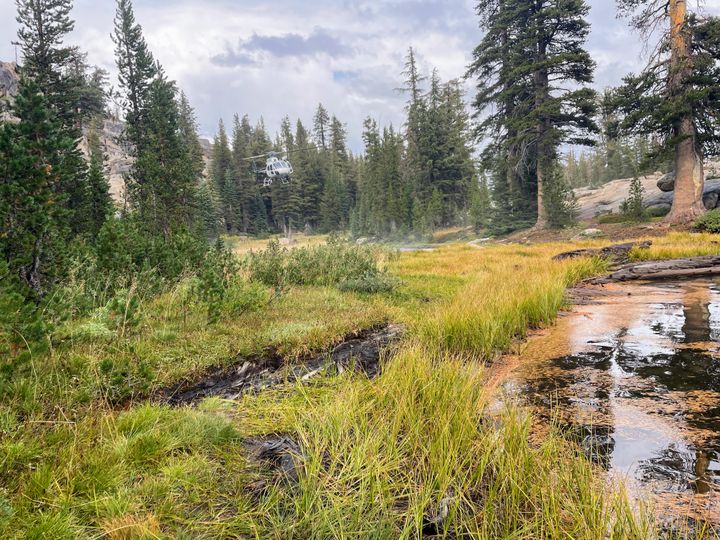


Comments ()